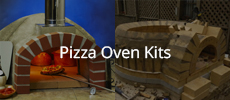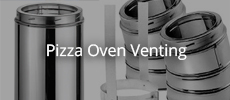Started cutting the thin stone with a diamond wheel on an angle grinder---less than satisfactory results.

But where the cuts were, they will not create any problems. But this was for the 30mm thick stuff only. Thicker stuff --even cutting both sides, still have to rely on breaking the stone...
"Ideas bouncing around inside my head again"..."this stuff is pretty soft!"
"Wonder if my siding saw--used for Hardee and other concrete board --world cut this stuff? Worst thing that could happen--destroy a $70 blade!

To my surprise, the saw performed great, dust collector kept my lungs clear, and got nice 90 deg cuts on slabs! --- and deeper cuts, left only 5mm uncut!
Now I am thinking of trying to make the joints partially disappear---maybe use yesterday mortar recipe, but substitute "micro sand" for the "sand" and make the joints maybe 1-2mm only! Once the mortar is in place, thinking about rubbing stone dust into the surface of the mortar??? Maybe it will "poof" disappear? Probably need to mask the surfaces either side of joint so excess mortar does not spread onto the face??
Then leave the assembled pieces set for a few days before tipping the arch into place as a unit? But, maybe trying to hide the joints may just draw attention to them?? Who knows? 50/50 toss-up! They will probably crack there in the future anyway!
(See what is happening now! I am argueing with myself! --dimensia!")

Do you think this will work? That is on the list of tomorrow "things to do".
My thought, thickness of joint maybe not important as long as it is proportional to size of aggregate!
On another note, used a diamond cup type cutter to level concrete on exterior landing, I think that thinset is now possible... However, there will be about a 5/8" step down from top of firebrick to top of "Oya stone"-- Maybe that is a good thing ---if eventually I make an exterior door on oven--used when firing to heat up... I will have a 40mm recess (surrounding the opening) created by the oya stone decorative arch.
As for the door, thinking that the very thin "Oya stone" could be sandwiched inside a door fabricated from .8 or 1mm mild steel, the stone would hold up to wire welding the sandwich together and provide some degree of heat retention in the oven opening! The thin stuff, sometimes broken pieces are very cheap and light!







Leave a comment: